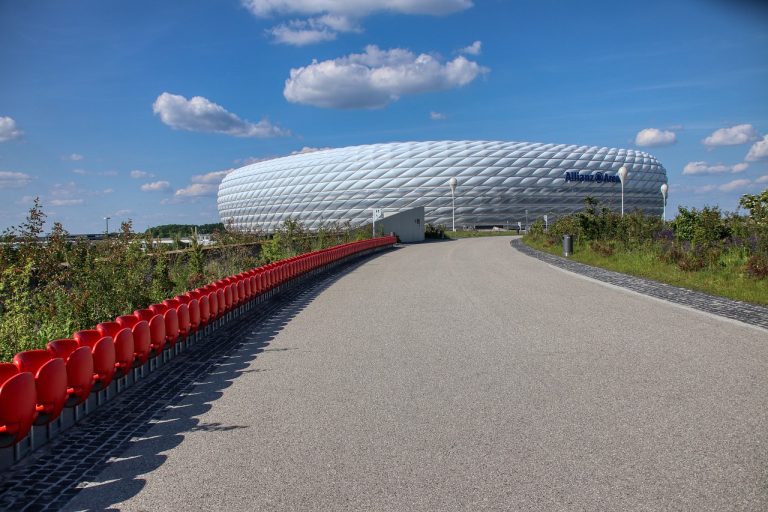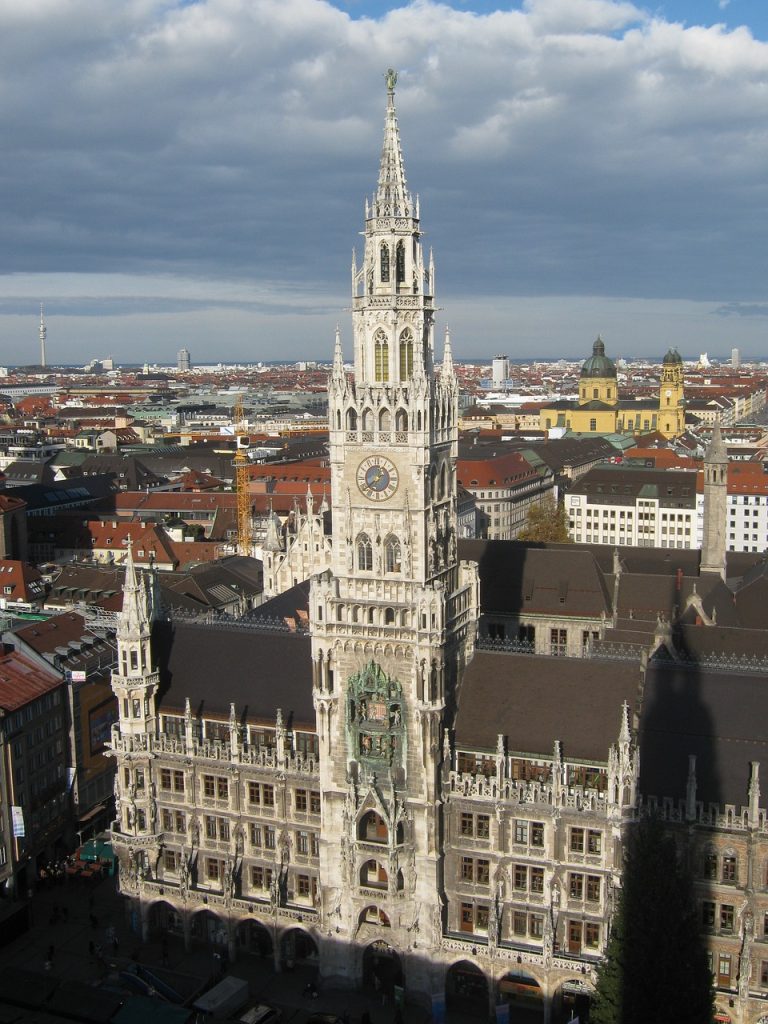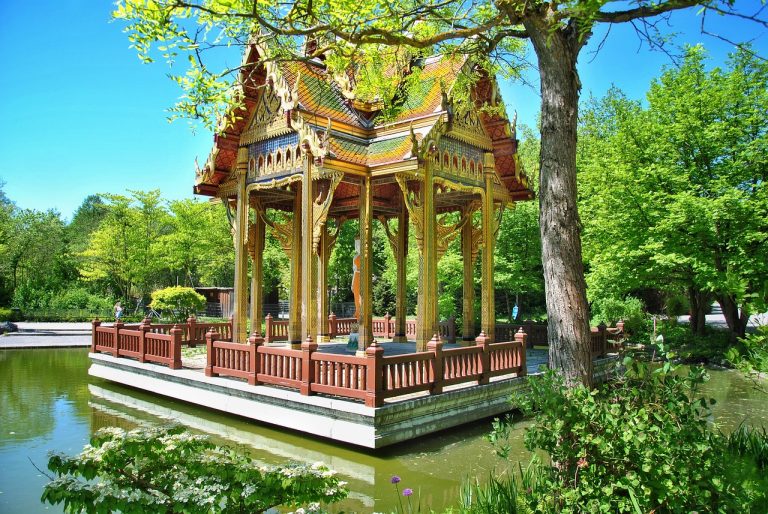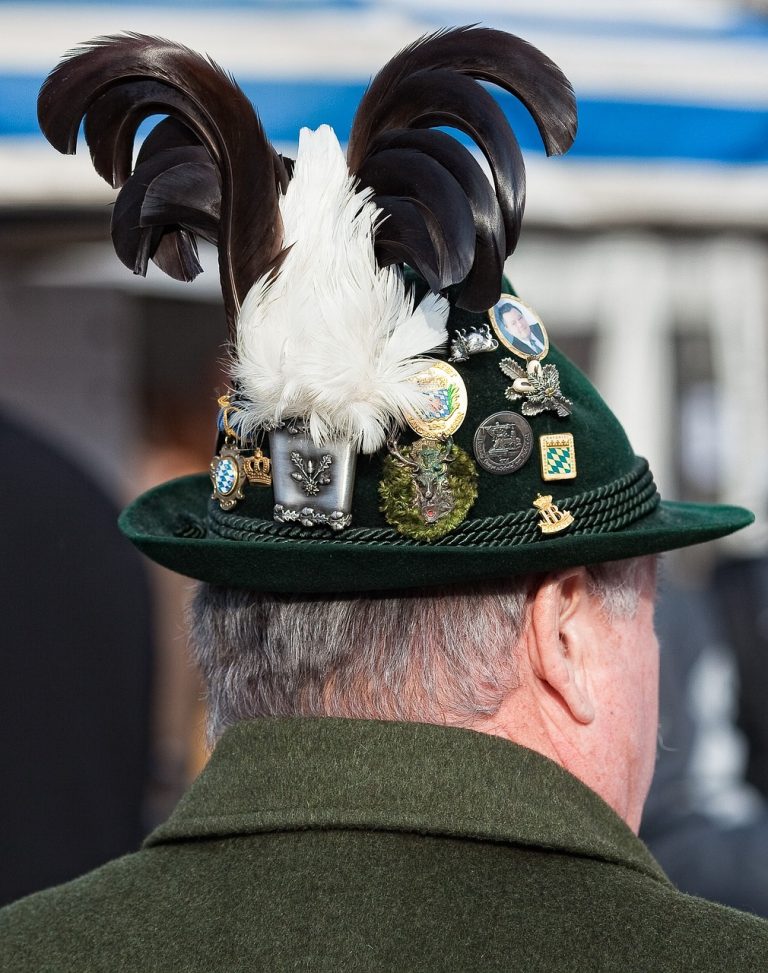Munich Germany Video
Historical Landmarks of Munich Germany: A Deep Dive
Munich, the capital of Bavaria, is a city rich in history and culture. From stunning architecture to significant historical sites, Munich offers a plethora of landmarks that showcase its heritage. In this article, we will explore ten of the most notable historical landmarks in Munich, providing detailed information about each location.
Marienplatz
Marienplatz is the central square in Munich and serves as the heart of the city. It has been a vibrant hub since the 12th century and continues to be a bustling center for locals and tourists alike. The square is surrounded by remarkable buildings, including the New Town Hall (Neues Rathaus) with its famous Glockenspiel. The Glockenspiel attracts visitors with its charming figurines that reenact historical events. Marienplatz is an ideal starting point for exploring Munich, with numerous shops, cafes, and restaurants nearby.
- Neues Rathaus: The New Town Hall is a magnificent neo-Gothic building that dominates Marienplatz. Its iconic Glockenspiel delights spectators with its daily performances, featuring life-sized figurines and music.
- Altes Rathaus: The Old Town Hall, located adjacent to the New Town Hall, is a medieval building with stunning architecture. It now houses the Toy Museum, showcasing a collection of historic toys.
- Fischbrunnen: The Fish Fountain, situated in the center of Marienplatz, is a popular meeting point for locals. It features a statue of a fisherman surrounded by playful sea creatures.
Munich Germany Image 1:
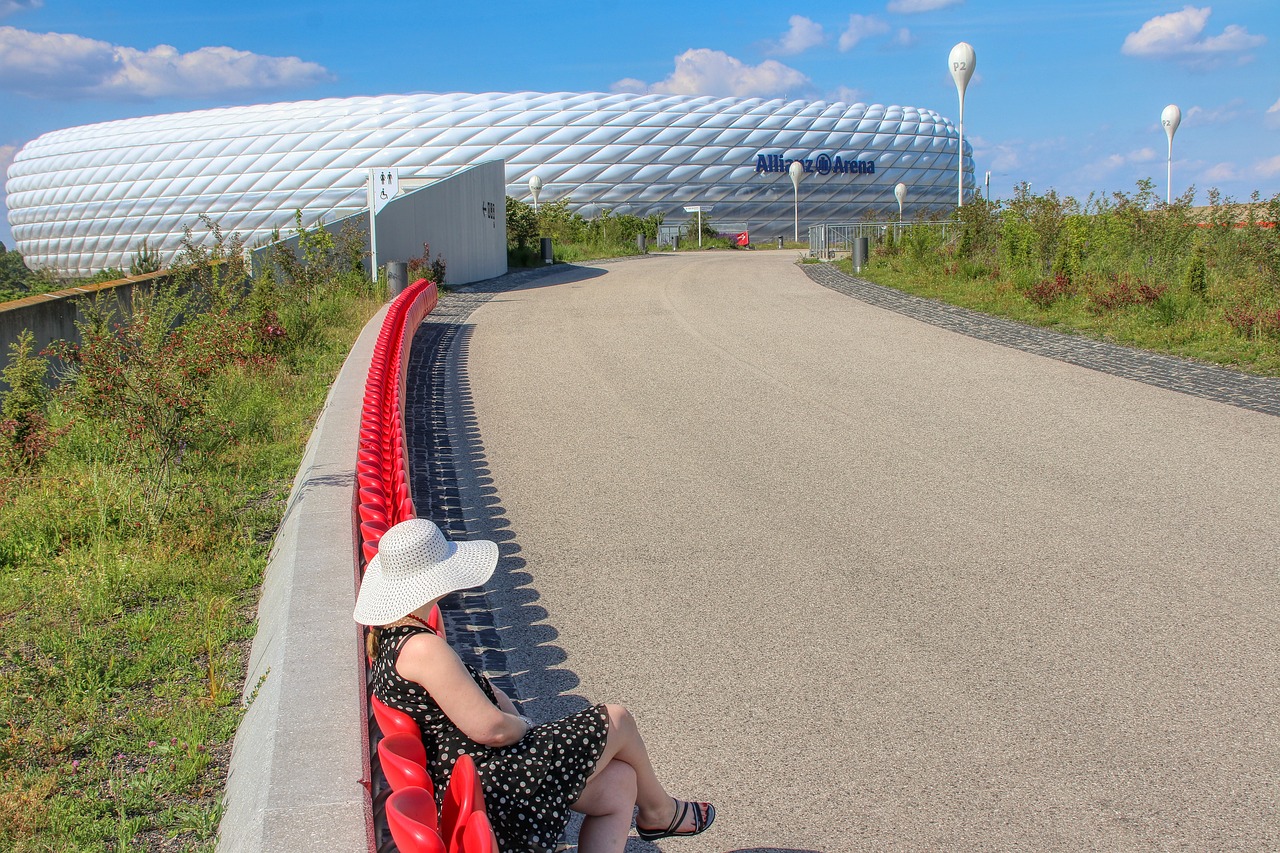
Nymphenburg Palace
Nymphenburg Palace is a splendid Baroque palace located in the west of Munich. Built as a summer residence for the Bavarian rulers, it boasts magnificent gardens, opulent interiors, and a rich history. The palace is a testament to the grandeur of the Bavarian monarchy and offers visitors a glimpse into the lives of royalty.
- Main Building: The central part of Nymphenburg Palace houses the State Apartments, adorned with lavish decorations, exquisite furniture, and beautiful artwork.
- Marstallmuseum: The Marstallmuseum, located in the former royal stables, exhibits a fascinating collection of carriages, sleighs, and equestrian accessories.
- Palace Gardens: The expansive gardens surrounding Nymphenburg Palace are a delightful retreat. Visitors can stroll along the tree-lined paths, admire the various pavilions, and relax by the serene lakes.
Munich Germany Image 2:

Theatinerkirche
The Theatinerkirche, also known as the Church of St. Cajetan, is a striking yellow church located near Odeonsplatz. This Baroque-style church stands out amidst Munich’s architectural landscape and is an important religious and historical site.
- Architecture: The Theatinerkirche’s façade is adorned with intricate stucco work and features statues of saints. The interior is equally impressive, with ornate altars, beautiful frescoes, and a stunning dome.
- Tomb of Elector Max Emanuel: The church houses the final resting place of Elector Max Emanuel, a prominent figure in Bavarian history. His elaborate tomb is a masterpiece of art and craftsmanship.
- Peace Angel: The Peace Angel, located in front of the Theatinerkirche, is a monument commemorating the Bavarian army’s victory in the Spanish War of Succession. It is a symbol of peace and victory.
Englischer Garten
The Englischer Garten is one of the largest urban parks in the world, offering a serene oasis in the heart of Munich. With its vast green spaces, meandering streams, and beautiful landscapes, it is a favorite spot for locals and visitors alike.
- Chinese Tower: The Chinese Tower is a popular landmark within the Englischer Garten. This pagoda-style tower houses a traditional beer garden where visitors can relax and enjoy a refreshing beverage.
- Surfing at Eisbach: The Eisbach, a man-made river, is famous for its continuous wave, attracting surfers from around the world. Watching the surfers in action is a unique and exciting experience.
- Monopteros: The Monopteros is a Greek-style temple situated on a hill in the Englischer Garten. It offers panoramic views of the park and the city, making it an ideal spot for photography enthusiasts.
Munich Germany Image 3:
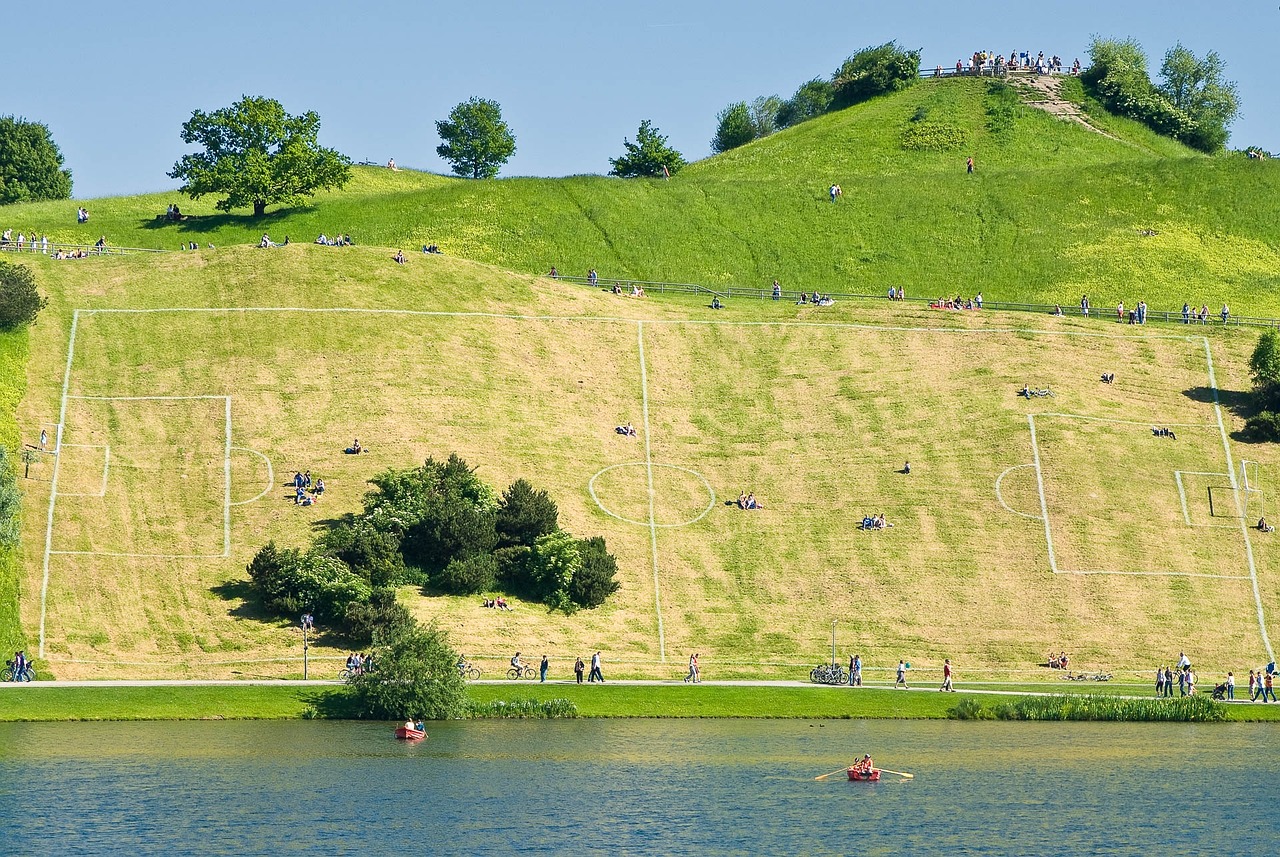
Dachau Concentration Camp Memorial Site
The Dachau Concentration Camp Memorial Site is a somber reminder of the atrocities committed during World War II. Located just outside of Munich, it serves as a memorial and educational center, preserving the memory of the victims and honoring their lives.
- Exhibition: The memorial site features a comprehensive exhibition that provides insight into the history of the Dachau concentration camp and the suffering endured by its prisoners.
- Memorial Sculpture: The sculpture titled “Never Again” stands as a symbol of remembrance and hope. It serves as a tribute to the victims and a reminder of the importance of preserving peace and human rights.
- Memorial Site: The preserved buildings and grounds of the former concentration camp allow visitors to experience the solemn atmosphere and gain a deeper understanding of the events that unfolded during this dark period of history.
Theatine Church
The Theatine Church, officially known as the Church of St. Cajetan, is a stunning example of Italian Baroque architecture in Munich. Its yellow façade and elegant design make it a remarkable landmark in the city.
- Architecture: The Theatine Church was designed by Italian architect Agostino Barelli and completed in the 17th century. Its grandeur and intricate details make it a masterpiece of Baroque style.
- Interior: Inside the church, visitors are greeted by a breathtaking sanctuary adorned with beautiful frescoes, stucco work, and ornate altars.
- Religious Significance: The Theatine Church is an active place of worship and serves as the main church of the Theatine religious order in Munich.
Residenz
The Residenz is the former royal palace of the Bavarian monarchs, located in the heart of Munich. This grand complex spans over 130 rooms and showcases various architectural styles, ranging from Renaissance to Rococo.
- Antiquarium: The Antiquarium is one of the Residenz’s most impressive rooms, serving as a museum for the royal collection of antiquities. Its stunning architecture and extensive display make it a must-visit.
- Cuvilliés Theatre: The Cuvilliés Theatre, located within the Residenz, is a jewel of Rococo architecture. It is renowned for its exquisite design and continues to host performances to this day.
- Herkulessaal: The Herkulessaal is a concert hall within the Residenz that hosts classical music performances. Its grandeur and acoustics make it a popular venue for both musicians and audiences.
Asam Church
The Asam Church, officially known as St. Johann Nepomuk Church, is a hidden gem tucked away in the heart of Munich. This small, yet ornate, church was built by the Asam brothers, who were renowned artists and architects.
- Architecture: The Asam Church is a masterpiece of the Asam brothers’ intricate design and craftsmanship. Its façade and interior are adorned with rich stucco work, frescoes, and sculptures.
- Altar: The church’s main altar is a sight to behold, with its elaborate detailing and gilded accents. It serves as the focal point of the church’s religious significance.
- Chapel of the Holy Cross: The Chapel of the Holy Cross, located within the Asam Church, features a stunning ceiling fresco depicting the Glory of the Holy Cross.
Olympiapark
Olympiapark, built for the 1972 Summer Olympics, is a sprawling park and sports complex in Munich. It offers a range of recreational activities and serves as a venue for various events and concerts.
- Olympiaturm: The Olympiaturm, a prominent feature of Olympiapark, is a tall tower offering panoramic views of Munich. Visitors can enjoy breathtaking vistas from its observation deck.
- Olympic Stadium: The Olympic Stadium, with its distinctive tent-like roof, hosted the opening and closing ceremonies of the 1972 Summer Olympics. It continues to host sporting events and concerts.
- Seebühne: The Seebühne, an open-air stage located on a lake within Olympiapark, is a popular venue for concerts and cultural events. Its unique setting adds to the charm of performances.
Conclusion
Munich’s historical landmarks offer a captivating journey through the city’s past. From the grandeur of Nymphenburg Palace to the somber reflection at the Dachau Concentration Camp Memorial Site, each landmark provides a unique perspective on Munich’s rich history and culture. Whether you’re fascinated by art and architecture or seeking a peaceful retreat in nature, Munich’s historical landmarks have something to offer every visitor.
References
– munich.de
– bavaria.by
– schloesser.bayern.de
– concentrationcampmemorial.org
– muenchen.de


